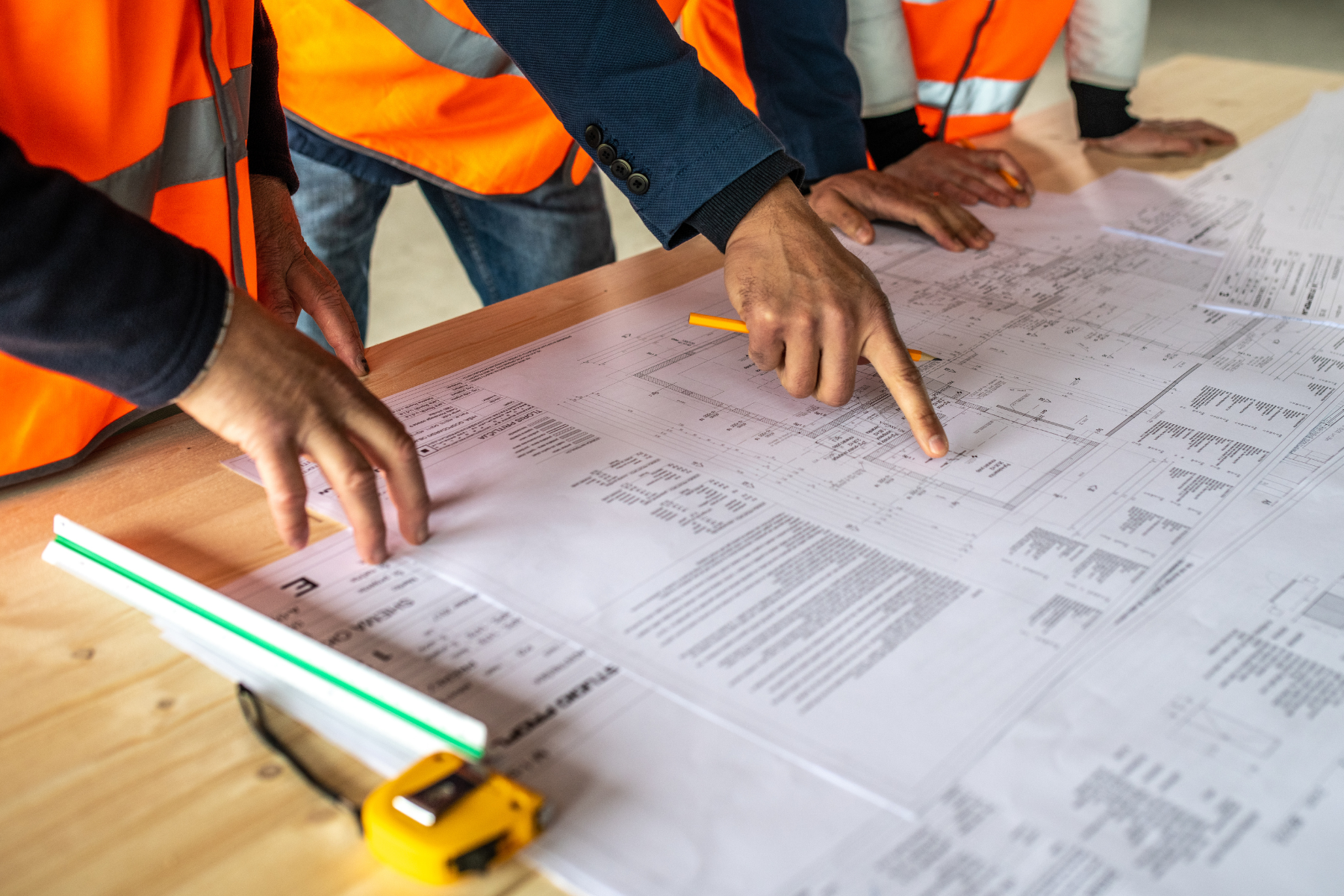
Despite rigorous safety protocols, incidents can and do still occur on industrial contracting sites. It’s important to be prepared for events such as fires, chemical exposures and natural disasters. In this article, we’ll look at what goes into an emergency response plan and talk about the importance of ongoing safety training to emergency preparedness.
Developing a Comprehensive Response Plan
An effective emergency response plan starts with performing an in-depth site assessment and risk analysis. The analysis will assist in identifying the greatest possible vulnerability on a given site with the highest probability of occurrence and guide planning from there. This will be different for each worksite and may change as the work progresses.
Regardless of individual site and project details, there are a few basics that should be part of a plan, including:
Location of the site
Knowing exact address information for the job/project site is critical to communicating with first responders and they should be contacted to determine how they describe the location. If there are any conflicts in this description, the time to resolve that issue is before a response is called for. This will avoid any confusion on the location of the site if an emergency occurs.
Site vulnerabilities
- Fires can result from many site features and often happen during electrical work.
- Explosions are another potential hazard and may result from fires, chemicals, electrical work and even natural disasters.
- Chemical exposure may be directly related to fire potential, but may also apply in cases of health emergencies that result from exposure. Assessments should also include neighboring sites, such as chemical plants, that could affect the worksite.
- Natural disasters which may include flooding, damaging wind events or earthquakes.
- Terroristic incidents are unfortunately a possibility on any jobsite and must be planned for.
- Site features such as high work, below-grade sections or confined spaces.
Command post
- An area likely to be unaffected by an emergency should be designated as the ‘command post’ and supplied with vital information such as the emergency plan, site layouts and blueprints, employee list with contact information and backup power.
Escape procedures and emergency routes
- The plan should include established escape actions to be taken to safely evacuate the site, including potential escape routes, and should also include possibilities for sheltering in place.
Reporting protocols
- This would include designated phone numbers or other methods of contacting first responders along with the company’s chain of external and internal communications during an emergency.
Nearest medical facility information
- Name, address, directions and primary phone number for all nearby emergency facilities.
Contacts
- First responder contacts.
- Personnel charged with managing emergency responses.
- Follow up contacts.
Headcounts
- Response plans should designate meet up areas and personnel responsible for taking a headcount after an evacuation along with a communications protocol for reporting.
Training Workers in Emergency Procedures
A response plan is only one part of emergency preparedness. Worker training is critical to an effective response and should be ongoing.
Training objectives include:
- Understanding employees’ roles and responsibilities during an emergency.
- The roles of responsible personnel and procedures for interacting with them.
- Notification, warning and communications procedures.
- Threat and hazard awareness and protective actions on-site.
- Understanding evacuation routes and procedures including meet-up requirements.
- Training of personnel directly responsible for emergency actions.
- Effective use of personal protection equipment (PPE).
- Confined space training.
- Training in the correct operation of on-site fire suppression equipment.
Best Practices for Preparedness
- It’s not enough to have a plan on paper. Like any skill, an effective response requires practice. Regular drills and exercises should be part of a company’s readiness strategy.
- Risk assessments are foundational to emergency preparations. A safe project depends on a comprehensive initial risk assessment and follow-ups as the project progresses.
- It’s easy to think one and done with a plan. But an emergency preparedness plan should be subject to a rigorous continuous improvement process.
As the complexity of industrial contracting projects increases, the likelihood of emergent situations grows. We’ve looked at the types of emergencies common to industrial contracting and laid out a simple framework for creating a readiness plan. Creating, implementing and adhering to a comprehensive emergency response plan will both help avoid problems and make your teams ready when they happen.
Lee’s dedicated Safety Team and Safety Committee demonstrate our commitment to protecting our customers, ourselves and one another. See what a difference that can make on your next project.


